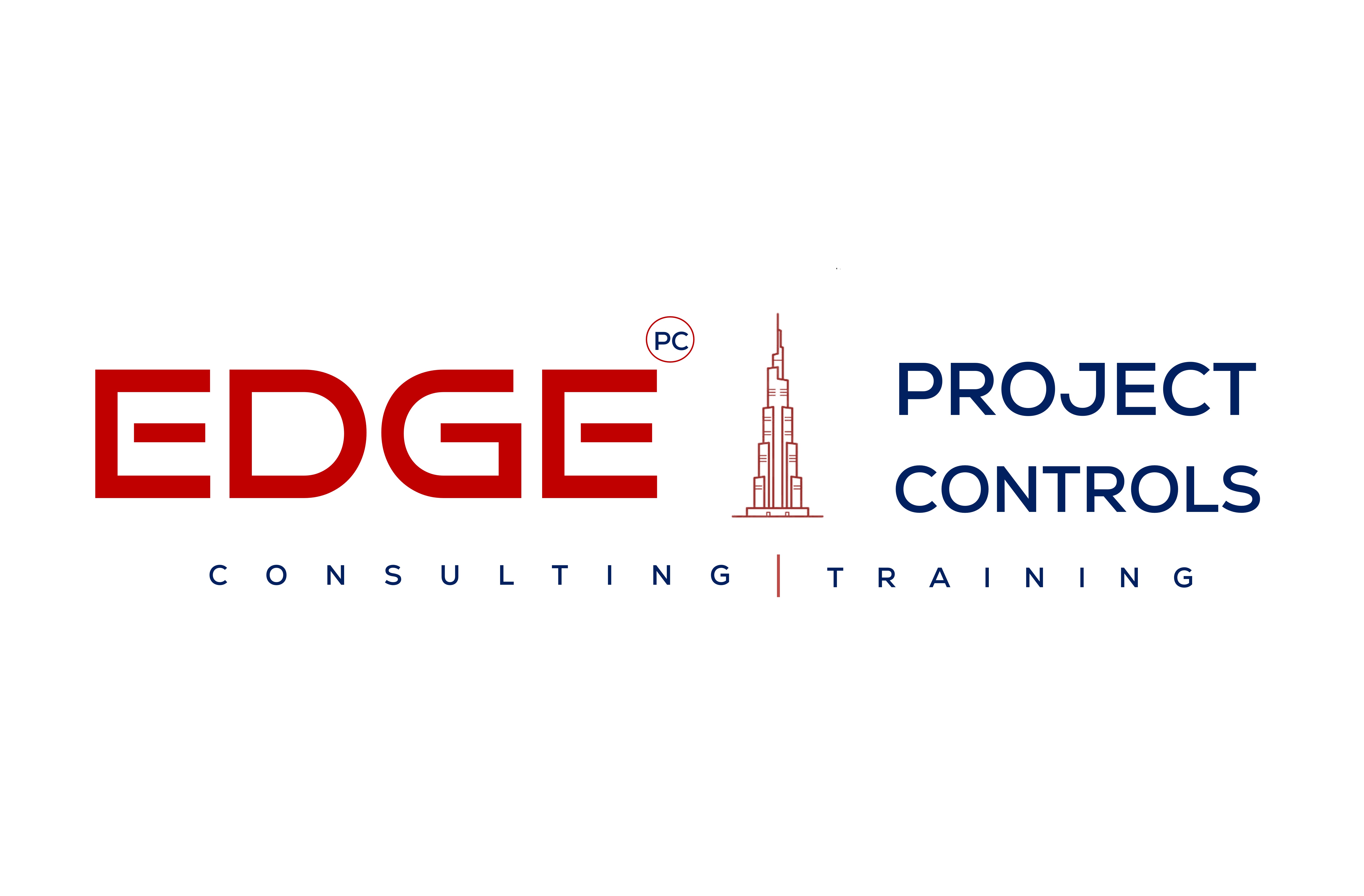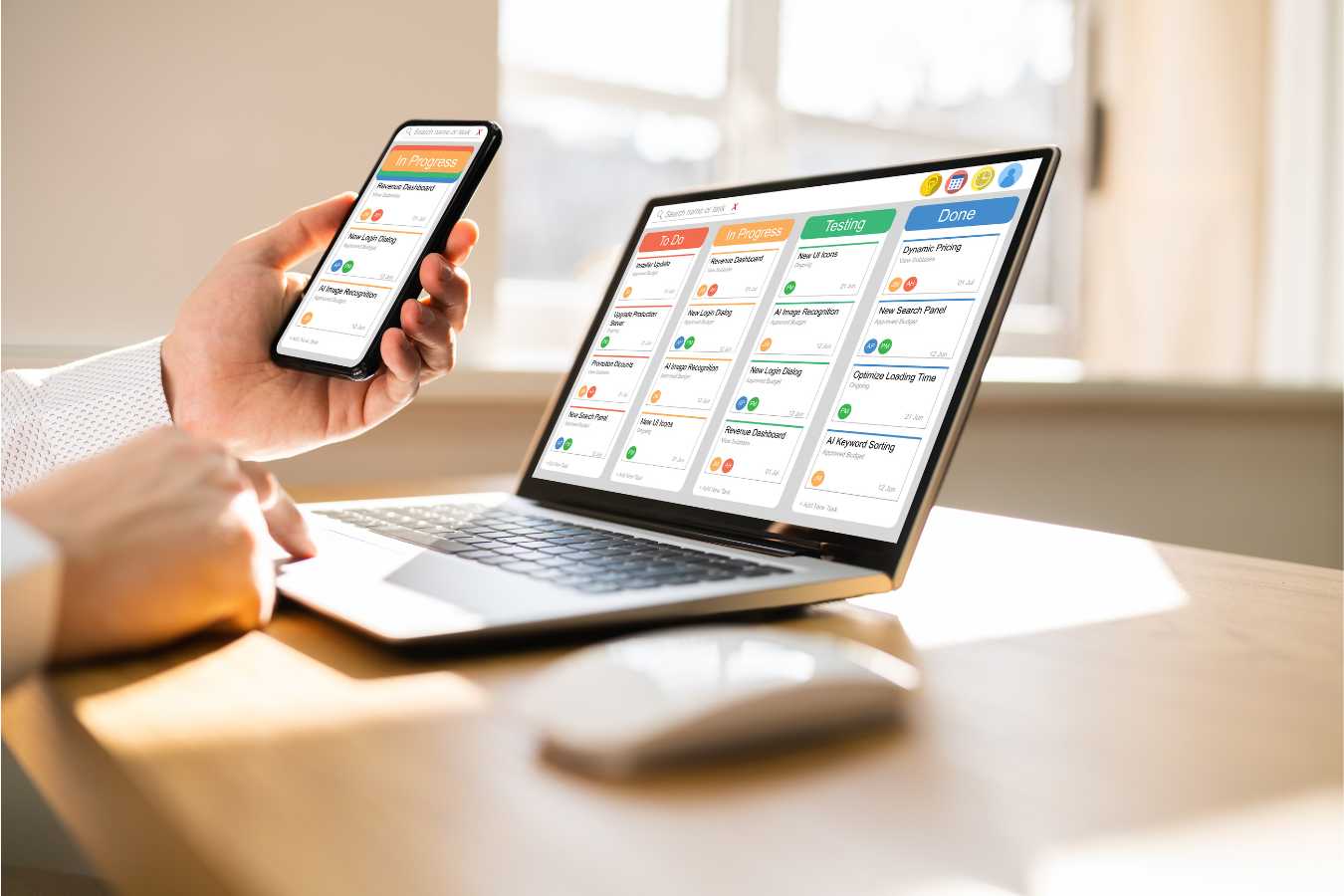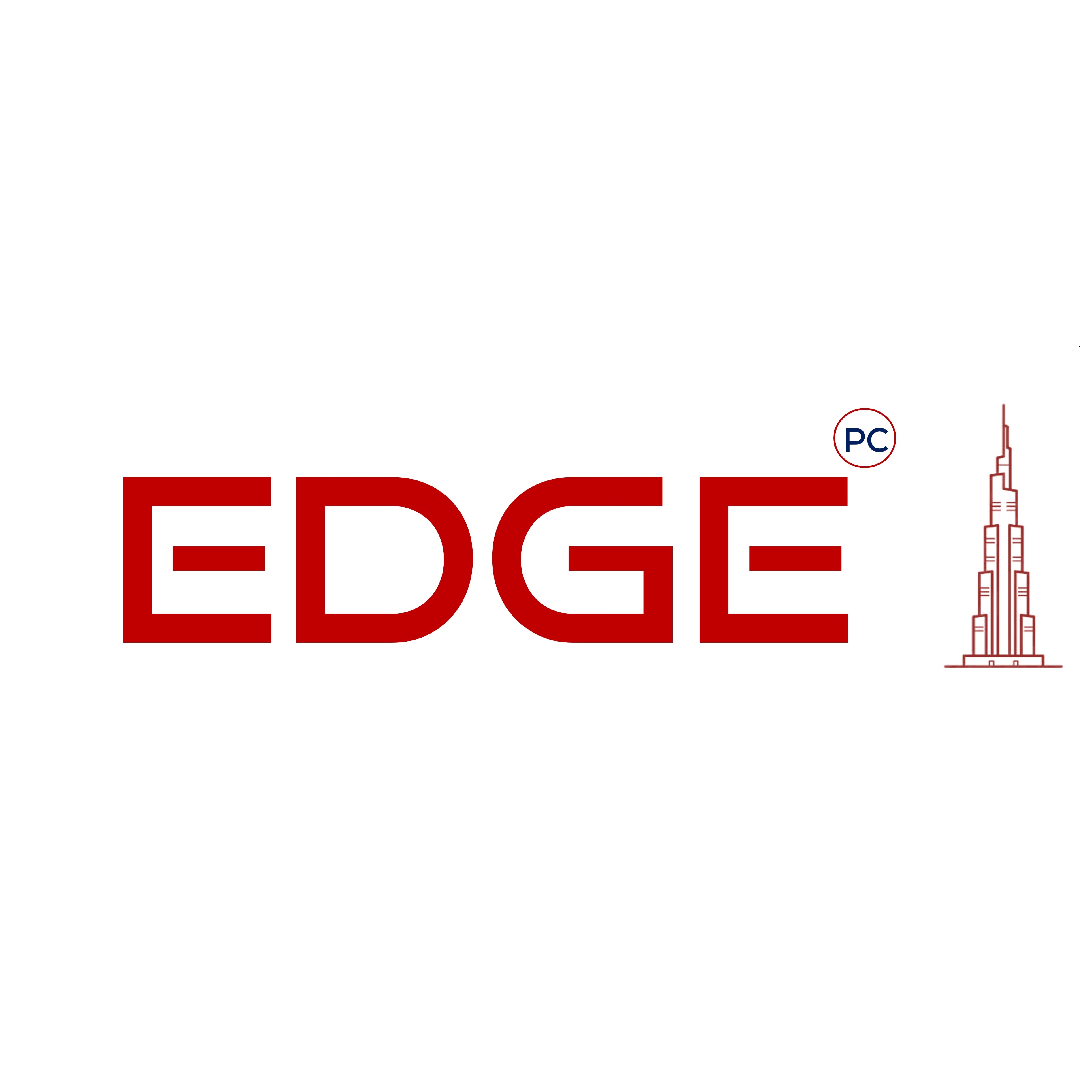How Microsoft Planner Streamlines Construction Project Management
Efficient project management is the backbone of any successful construction job. From coordinating subcontractors to tracking material deliveries, every phase requires tight scheduling, clear communication, and effective resource management. That’s where Microsoft Planner comes in—a powerful tool that, when integrated with Microsoft 365, can transform the way construction teams plan and execute projects.
Why Microsoft Planner Fits Construction Workflows
Construction projects are complex and dynamic. Deadlines shift, resources get reallocated, and compliance standards can’t be missed. Microsoft Planner simplifies the chaos by offering a visual task management platform that helps teams
-
Schedule work and assign responsibilities
-
Track progress in real time
-
Coordinate across job sites and departments
-
Centralize documentation and communication
Let’s look at how construction professionals can apply Microsoft Planner to daily operations.
Improve Scheduling with Clear Task Boards
Scheduling is the first area where Microsoft Planner makes a big impact. Each project can be broken into phases—pre-construction, site work, framing, MEP, finishes, and closeout. Within each phase, tasks can be assigned to individuals or teams with start and due dates.
Example: A site supervisor sets up a Planner board for a mid-rise commercial build. Tasks like “Mobilize steel crew,” “Inspect foundation forms,” and “Pour second-floor slab” are placed in a timeline with assigned owners and deadlines. Everyone knows what’s coming, what’s late, and what’s done.
Optimize Resource Allocation Across Teams
Managing subcontractors and equipment means juggling multiple schedules and ensuring availability. With Planner, project coordinators can visualize workloads and avoid bottlenecks.
Example: If electrical subcontractors are scheduled for rough-ins next week, but material orders haven’t arrived, the delay can be flagged immediately. The team can reallocate labor or adjust timelines without waiting for surprises.
Integration with Outlook calendars and Microsoft To Do keeps everyone aligned with daily and weekly schedules—on the field and in the office.
Boost Team Coordination with Microsoft Teams Integration
Microsoft Planner integrates seamlessly with Microsoft Teams, creating a central hub where communication meets action. Teams can chat in real time, hold video calls, and access Planner boards without leaving the Teams environment.
Example: A project manager hosts a daily stand-up call with site leads via Teams. During the call, they pull up the Planner board to review task statuses, assign new action items, and tag responsible parties—all while staying within the same platform.
Track Material Deliveries and Safety Compliance
Late material deliveries can stall work, while safety violations can stop a job cold. Using Microsoft Planner, these critical items get dedicated task lists with due dates, file attachments (like delivery invoices or safety checklists), and labels for easy filtering.
Example: The safety officer maintains a Planner list for weekly site inspections, assigning specific tasks like “Scaffold safety check” or “Toolbox talk: fall protection” with supporting documentation linked from SharePoint.
Missed deadlines trigger alerts, keeping safety timelines intact and helping ensure regulatory compliance.
Centralize Project Documentation with SharePoint
With Microsoft SharePoint, all project documents—RFIs, submittals, drawings, and safety reports—can be stored and accessed directly from the Planner interface. This ensures that the right people always have access to the latest information.
Example: During a pre-construction meeting, the project coordinator adds a link to the latest site plan in Planner, ensuring all subcontractors have instant access. No more confusion over outdated prints or lost emails.
Real-World Payoff: Faster Decisions, Fewer Delays
When Microsoft Planner is used alongside Microsoft 365 tools like Teams and SharePoint, construction teams benefit from
-
Faster decision-making through centralized information
-
Reduced downtime from better scheduling and resource planning
-
Improved accountability with task ownership and status tracking
-
Streamlined compliance thanks to transparent documentation
It’s a digital toolbox that works the way construction teams actually operate—practically, visually, and in real time.
Ready to Bring Digital Planning to Your Job Sites?
Our consulting and training services help construction companies get the most from Microsoft Planner and the full Microsoft 365 suite. Whether you're looking to roll out new digital workflows or train your teams on best practices, we’re here to help you streamline every aspect of project management.
Contact us today to schedule a consultation or learn more about our hands-on training programs tailored to the construction industry.



 EDGE-Project Controls
EDGE-Project Controls